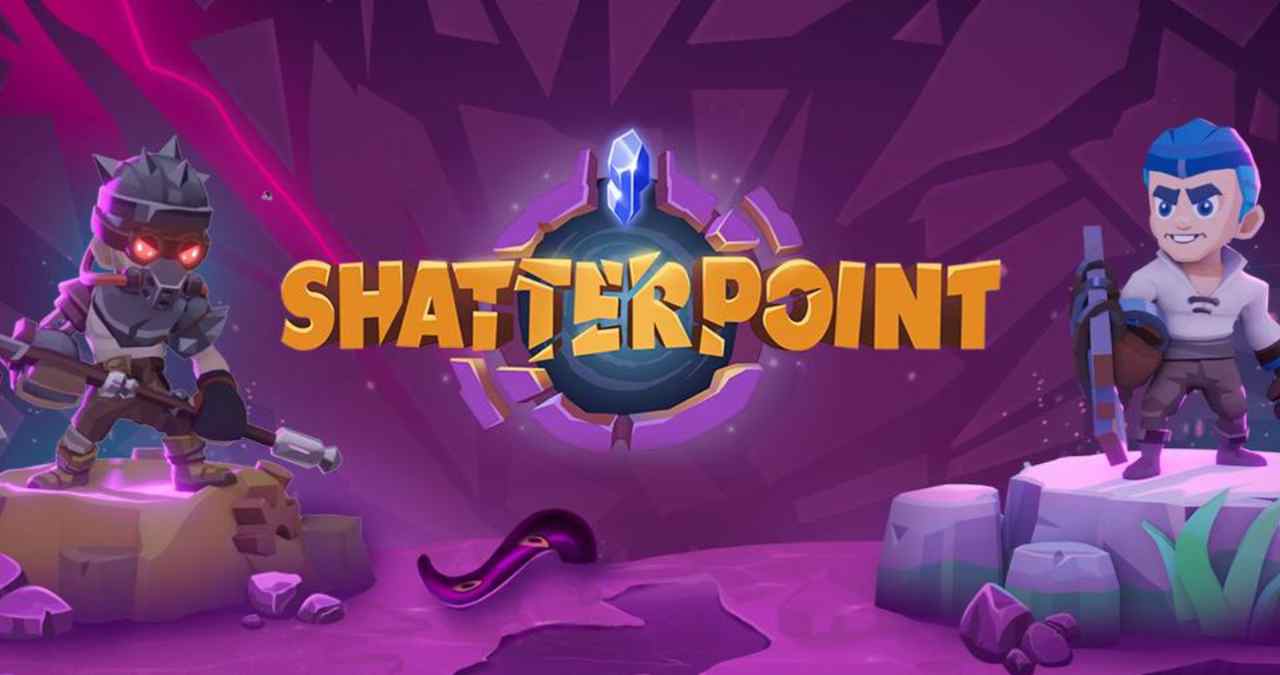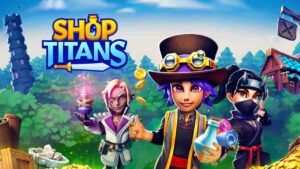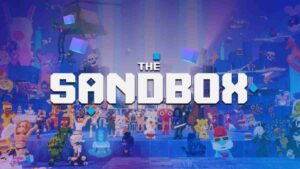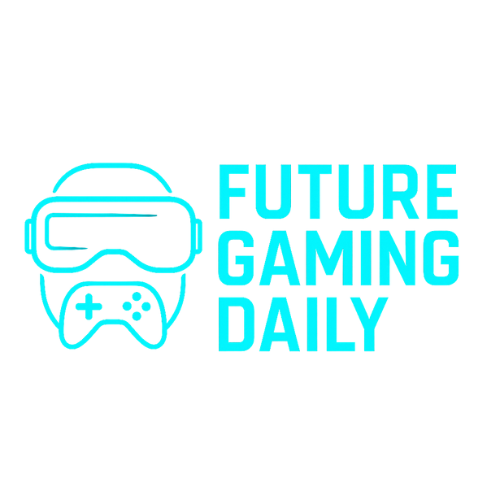Shatterpoint is entering a pivotal moment in its development. The team behind the competitive, hero-driven Web3 action RPG has released a full whitepaper, laying out how its gameplay, progression, and blockchain elements will work as the game moves toward its first official season. For a title blending fast-paced combat with NFT ownership and seasonal content, this document serves as a crucial step toward giving players clarity and direction.
The timing is deliberate. With Season 1 set to launch soon, the whitepaper sets expectations for how characters evolve, how the economy functions, and how seasonal resets will keep the experience competitive and fresh. It is also a clear sign that Shatterpoint aims to position itself in the growing space of Web3 games that emphasize skill and progression over speculation.
Gameplay and Hero Progression
At its core, Shatterpoint revolves around action-heavy combat where players control unique heroes, each with their own abilities and playstyles. Matches are designed to reward skill, positioning, and timing, with progression tied to seasonal play. Heroes can level up, gain new gear, and improve stats over time, but much of the competitive structure will reset with each new season, keeping the playing field fair and dynamic.
Unlike traditional RPGs, progression in Shatterpoint is closely linked to both on-chain and off-chain assets. Non-NFT characters are available to everyone, but NFT heroes provide deeper customization and can be carried across seasons, creating a sense of continuity for invested players. This dual system is increasingly common among Web3 games seeking to balance accessibility with ownership.
Blockchain Integration and NFT Utility
Shatterpoint’s Web3 layer focuses on optional NFT ownership rather than forcing blockchain mechanics into every aspect of gameplay. NFT heroes and items allow for long-term progression, seasonal rewards, and trading within the ecosystem. The whitepaper outlines how these assets will interact with the in-game economy, including how crafting and upgrades function in ways that feel natural to traditional gamers while still leveraging blockchain technology.
Seasonal resets mean NFT heroes retain core value, but gear and stats will shift to maintain fairness. This structure reflects a broader trend in Web3 gaming, where competitive integrity is prioritized over static accumulation. By presenting a clear roadmap for token utility and player rewards, Shatterpoint is signaling that it wants its blockchain features to enhance engagement rather than dominate it.
Looking Ahead to Season 1
Season 1 will be the first major test of Shatterpoint’s ecosystem. Players can expect competitive events, ranked modes, and a cycle of content that emphasizes both skill-based gameplay and long-term hero progression. Seasonal rewards, both on-chain and off-chain, will drive activity, while community feedback will help shape future updates.
With the whitepaper live, the studio is clearly working to ensure that prospective players understand how all the pieces fit together. Shatterpoint now sits alongside a growing wave of Web3 action games experimenting with seasonal models, where blockchain elements are designed to support, not overshadow, the gameplay.
Web3 Analyst & Play Blockchain Games Guide
CryptoKit breaks down Web3 gaming like it’s second nature. From tokenomics to airdrop strategies, she turns blockchain chaos into clear, actionable advice for players who want to win more than XP.




